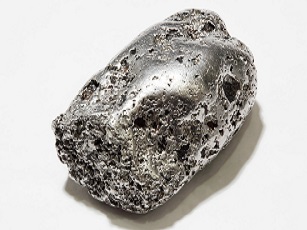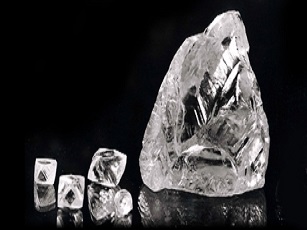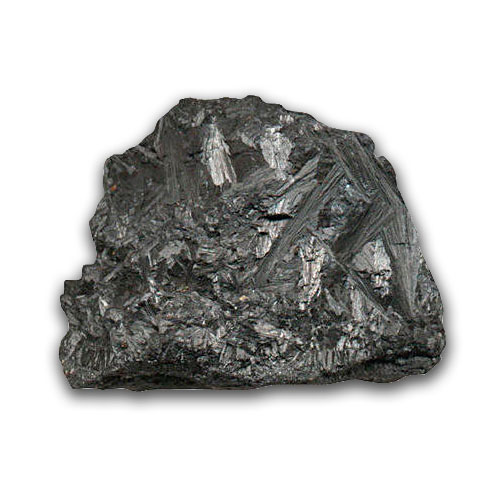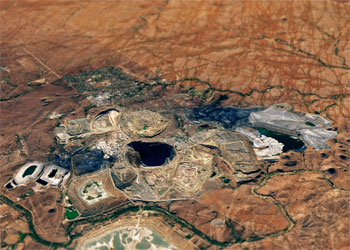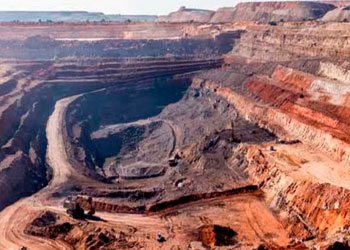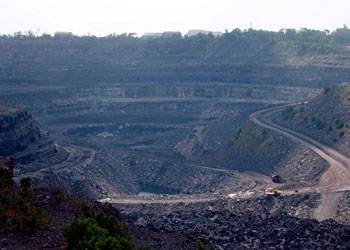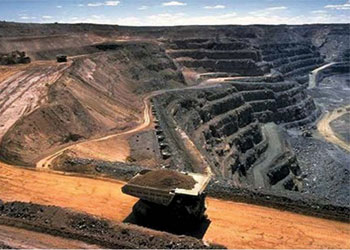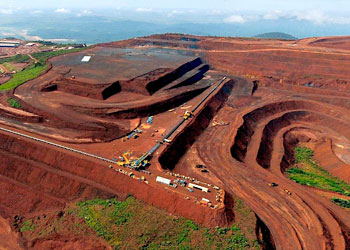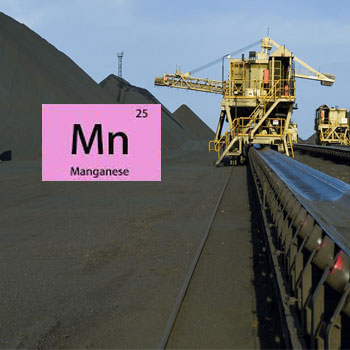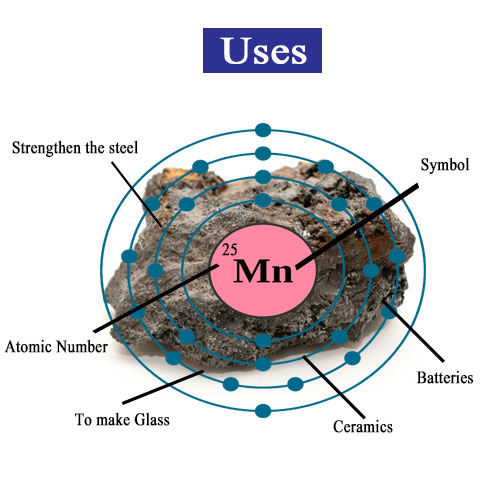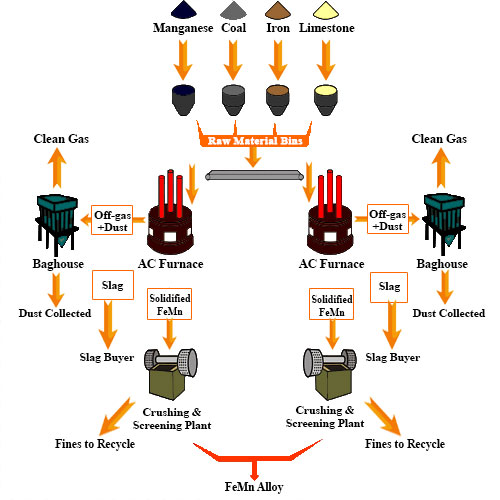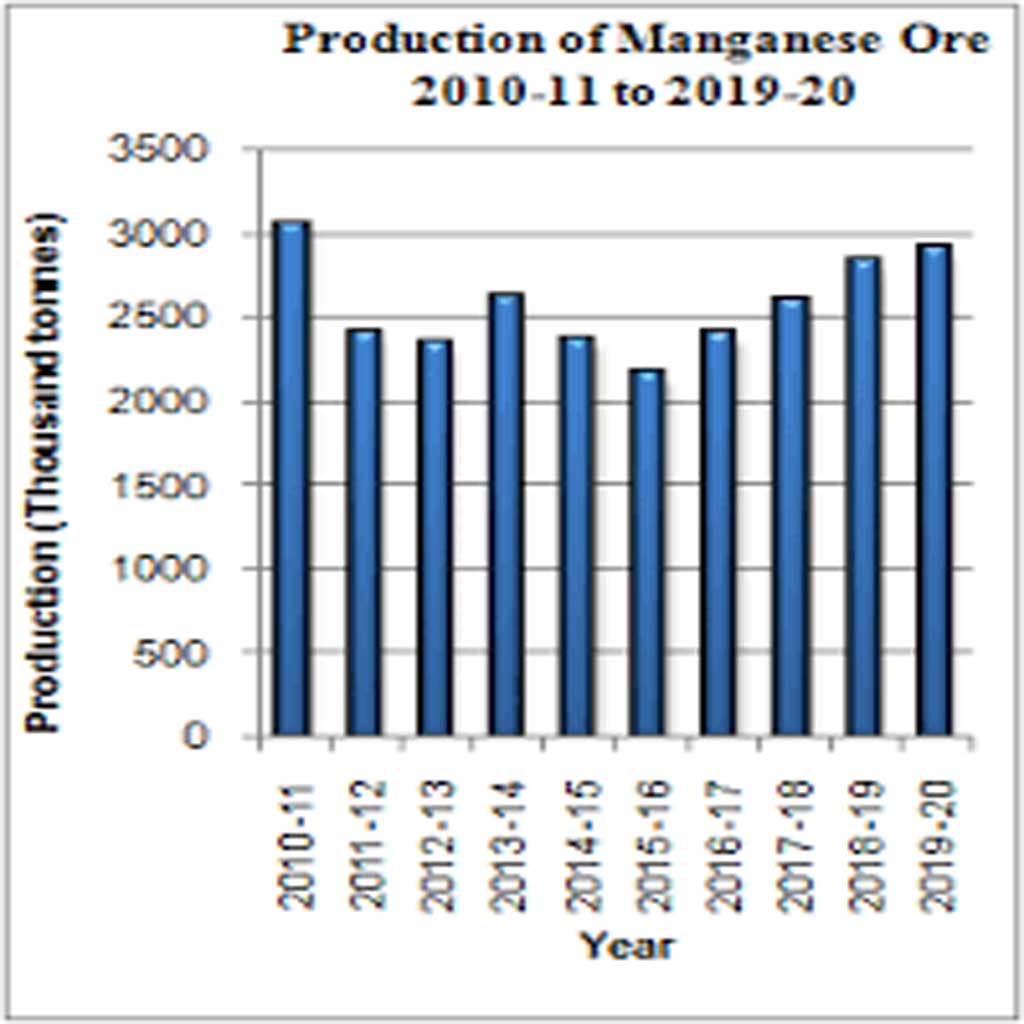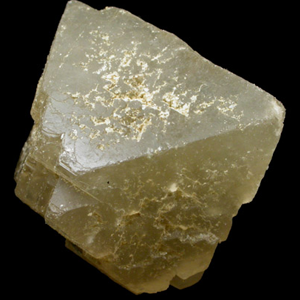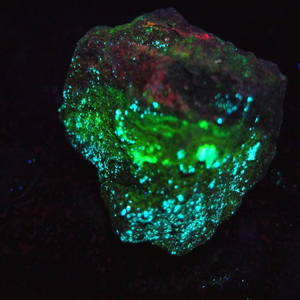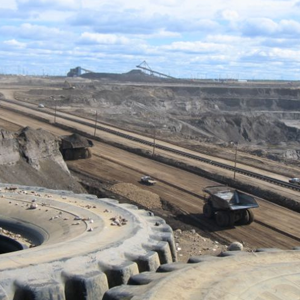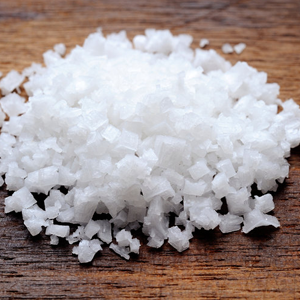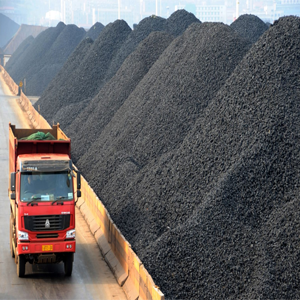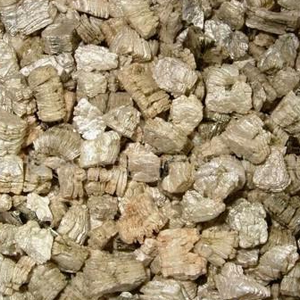Manganese Mining
MANGANESE :
Manganese, represented by the symbol Mn, is a silvery-white metal with a hard, brittle structure, belonging to Group 7 of the periodic table. It ranks as the fifth most abundant metal in the Earth's crust, distributed widely across many countries. It is not encountered as a free element in nature but is typically found in combination with iron. Manganese constitutes approximately 1000 parts per million (ppm) of the Earth's crust.
While manganese is not utilized in its pure form, its demand rises in tandem with increased industrial usage. Consequently, manganese mining plays a prominent role in industrial and economic development. Manganese ore is widely distributed and mined in countries such as South Africa, China, Gabon, Brazil, India, Kazakhstan, Ghana, Ukraine, and Malaysia. The top five manganese ore mining countries worldwide are
1. South Africa(Kalahari mine):
South Africa accounts for approximately 80% of the world's manganese resources. It is the largest manganese producer, with annual production reaching up to 6.2 million tonnes. Australian firms such as South 32 and Jupiter Mines in South Africa play a significant role in mining manganese, producing more than 3 million tons of manganese annually.
2. Australia(TEMCO and GEMCO):
It is the second-largest producer, holding about 15% of the world's manganese reserves and producing 3 million tonnes of manganese per year. The mining process involves open-pit mining, and it is regarded as the largest and lowest-cost manganese ore producer in the world.
3. China( Wafangzi mine) :
The annual production of 2.9 million tonnes of manganese makes it the third-largest producer in the world. Guizhou province, which was discovered in 2017, is estimated to have 203 million tonnes of manganese ore resources in China.
4. Gabon(Comilog):
The fourth-largest producing company, with an average annual production of 1.8 million tonnes.
5. Brazil(Vale's Azul mine and Urucum mine):
It produces approximately 1 million tonnes annually and ranks as the fifth-largest producer worldwide. The company offers three types of manganese products: metallurgical ore, chemical ore, and natural manganese dioxide.
MANGANESE MINING:
As manganese is an essential component, global production exceeds 25 million tons annually. Traditionally mined in open pits, the extraction process has evolved from primitive methods to advanced technology, enhancing manganese production. Despite some manganese deposits being present in the ocean, they cannot compete with land-based production. Once mined, the ore undergoes electrolytic processing or smelting
Extracting manganese from open pit rock beds requires significant manpower and time. Standardized equipment and methods are utilized to remove overburden and extract the ore. Recent advancements in compact mining machinery and technology aim to reduce manual labor and enhance manganese production.
Countries like Ukraine and South Africa produce large quantities of manganese ore through underground mining. The room and pillar method is commonly employed for underground manganese mining. Mines such as Nchwaning and Gloria utilize vertical hoisting shafts and additional shafts for mining operations. Further developments involve creating rooms and pillars with low-grade ore to facilitate easier extraction.
Mining manganese from the sea involves various processes, yet it remains economically unviable due to high costs and the competitiveness of land-based deposits.
USES OF MANGANESE :
Manganese is an important mineral found in many natural substances and products. It serves various purposes, including in steel manufacturing, as a dietary supplement, and as an additive in numerous industrial processes.
1. Steel Production: Manganese is indispensable in steel and alloy production. It strengthens steel and enhances its resistance to corrosion. Moreover, manganese facilitates the formation of an oxide layer on steel surfaces, further bolstering its durability.
2. Dietary Supplement: Manganese, found in many foods and available as a dietary supplement, is crucial for carbohydrate and fat metabolism, as well as for connective tissue and bone formation. It is also believed to contribute to lowering cholesterol levels and improving brain function.
3. Industrial Processes: Manganese is commonly used as an additive in industrial processes. It features in the production of dry-cell batteries and fertilizers, as well as in glass and ceramics manufacturing. Additionally, it is utilized in the production of plastics, paints, and inks.
REFINING AND EXTRACTION :
The ore obtained, containing iron oxides, is initially reduced in blast furnaces or electric furnaces, along with carbon, to produce ferromanganese and silico-manganese. These are the primary products that impart strength and reduce corrosiveness in steel. The reduction of manganese oxide by carbon is a complex thermodynamic process, wherein higher oxides of manganese, such as MnO2 and Mn2O3, can only be reduced to metal at elevated temperatures.
The process of separating manganese from iron has a wide range of applications. Elements with lower or equal decomposition temperatures to manganese, or those that form soluble sulfates, will be leached out with manganese sulfate.
A more advanced method for extracting manganese involves directly reducing manganese ore in a heap leach. Natural gas is passed through the bottom of the heap, providing heat and serving as a reducing agent for carbon monoxide. The leachable form is then sent through a grinding circuit to reduce the particle size of the manganese, which can range from 150 micrometers to 25 micrometers. After increasing the surface area for leaching, the ore is added to a leach tank containing sulfuric acid and ferrous iron in a ratio of 1:6:1. This process recovers approximately 92% of the manganese. In a water leach, manganese is dissolved while iron remains undissolved in oxide form as a solid.
Smelting is facilitated by the action of gangue oxides. Silica, an acidic compound, can combine with MnO to prevent its reduction. This can be counteracted by adding constituents like lime, magnesia, or roasted limestone. However, this results in more slag, which reduces manganese dissolution and decreases the amount of metal recovered in the melt. The acidity or basicity of the slag can be adjusted to incorporate silicon into the molten metal.
TOP MANGANESE PRODUCING COUNTRIES :
1. South Africa:By a considerable margin, South Africa stands as the world's largest producer of manganese. In 2022, its manganese output remained consistent with the previous year. Additionally, the country boasts the largest reserves of manganese, totaling 640 million metric tons (MT).
2.Gabon: Situated on the central-western coast of Africa, Gabon emerged as the second-largest producer of manganese in 2022. The country contributed 4.6 million MT of manganese production, marking a slight uptick from the previous year's 4.34 million MT.
3. Australia: Australia's manganese production remained almost unchanged in 2022 compared to the previous year, totaling 3.26 million MT. While South32 plays a crucial role in the South African manganese sector, the company also operates in the Australian manganese industry.
4.China: In 2022, China ranked as the fourth-largest producer of manganese, with an output of 990,000 MT. This marked a significant decrease from the 1.34 million MT produced in 2020, largely due to disruptions caused by COVID-19.
5.Ghana: In 2022, Ghana's manganese output reached 940,000 MT, maintaining consistency with the production in 2021. Notably, the country has intensified its metal production in recent years, surpassing the 2020 figure of 637,000 MT. The majority of manganese mined in Ghana originates from the western region, particularly around the city of Takoradi.
6. India: In 2022, India ranked as the sixth-largest producer of manganese. The leading manganese-producing country generated 480,000 MT of the metal, showing an increase from 453,000 MT in 2021.
ANNUAL MANGANESE USAGE :
The annual usage of manganese varies among countries and depends on the economic requirements of each nation. In the United States, for instance, manganese is utilized in the production of steel and iron alloys, as well as in the manufacturing of aluminum and copper alloys. In Europe, manganese finds application in the production of steel, iron, and aluminum alloys, along with specialty alloys. Other nations may employ manganese for various industrial purposes, such as in the production of chemicals, batteries, and fertilizer.
|
||
Related Mining

